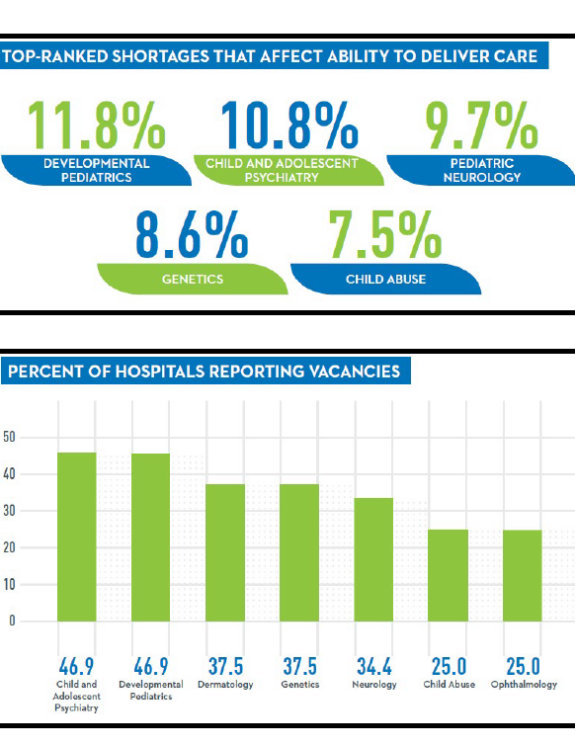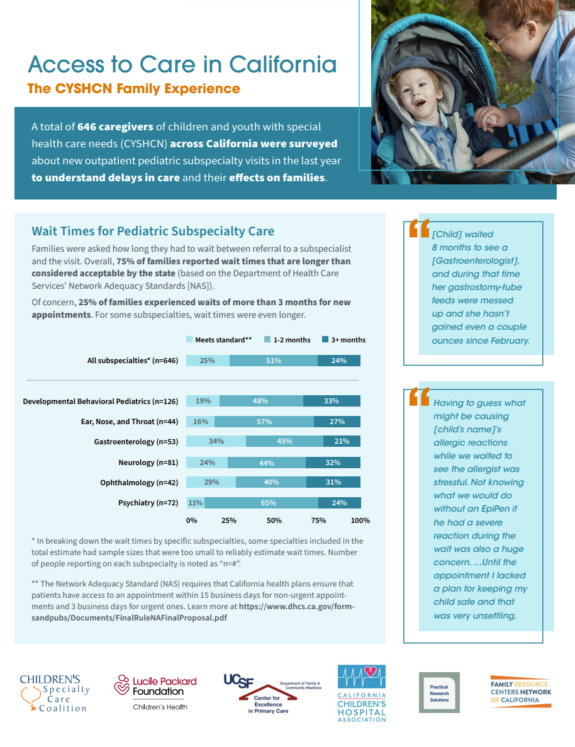In 1997, when the Child Health Insurance Program (CHIP) was implemented, states had the options of using the newly available federal funds to expand eligibility for their Medicaid programs, to create a new private insurance benefit package for children, or a combination of both.
Medicaid with its Early Periodic, Screening, Diagnosis, and Treatment (EPDST) component defines the content of child health care. EPSDT in Medicaid remains the gold standard of benefits for children because it entitles children to any medically necessary service or treatment. Many state legislators were reluctant to expand Medicaid, fearing this entitlement program would be difficult to rescind should it cost more in the future. In contrast, CHIP offers states a higher federal matching rate with a cap on total spending ($40 billion over ten years).
Consequently, 35 states chose to create CHIP programs with their own benefits package, using private health insurance as a model, rather than expanding Medicaid. The decision to adopt a private insurance model entailed a trade-off that attracted little attention except among the child health and advocacy communities. The benefit packages proposed by insurers for the CHIP program all were designed originally to cover adults. At that time states wanted to expeditiously implement CHIP programs and there was neither time nor actuarial experience to create a child-specific benefit package. As a result, state CHIP programs do not provide the full array of health care benefits required by children, especially children with or at risk for significant chronic health care problems.
Today, as states design their health insurance exchanges, those same private insurers and policymakers are again arguing against a benefit package that comprehensively meets children’s needs. This time the argument is that an adequate package of essential benefits for children would be too costly. Omitted from this argument is the fact that Medicaid, and the EPSDT benefit tend to be less expensive than private insurance CHIP coverage.[1] Also overlooked is the fact that children’s annual health care costs are a fraction of those of adults.
Based on this comparison, one might conclude that decisions by insurers and public policymakers are once again being driven by expediency rather than on what is in the best interest of children. The short-term gains of such an approach, if any, will be minimal; the long-term consequences on children’s health and their ability to contribute to the social fabric and economic growth of our communities will be unfortunately substantial.



